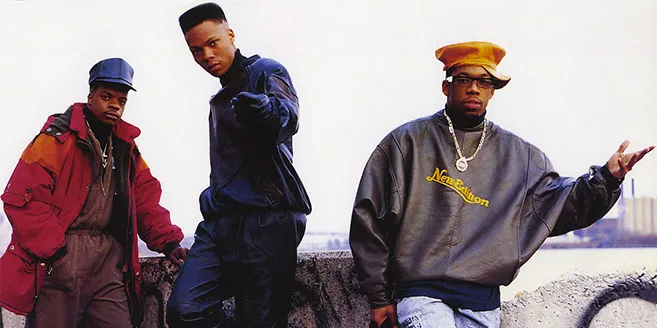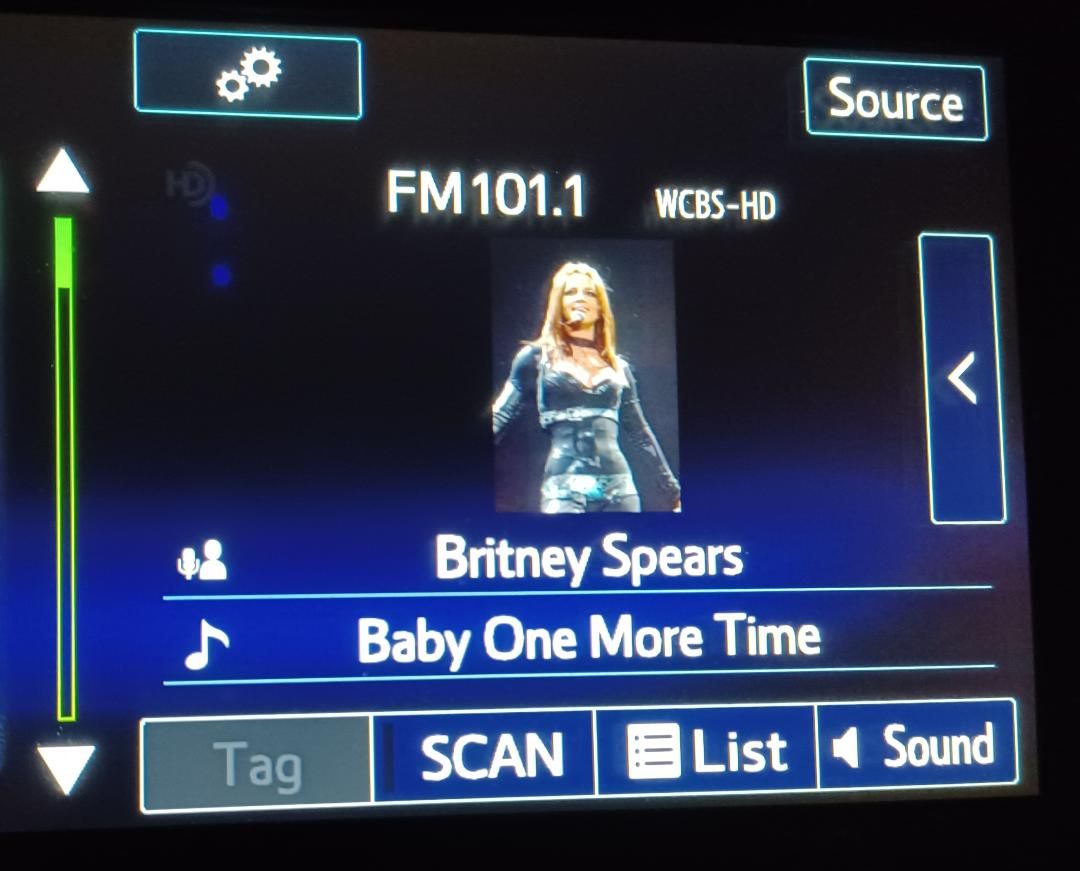Pop Shots – Why The New Oldies Don’t Feel Old

Welcome to your weekly dose of pop world musings. Covering all things pop culture, this week I’m taking a look at why the “oldies” now being played by the oldies stations don’t feel all that old, and what this says about the current mainstream music scene.
Growing up, WCBS-FM was the oldies station in the NYC area. They’d play Top 40 countdowns from the ‘60s, and feature DJs like Don K. Reed with his Doo Wop Shop, and the legendary Cousin Brucie.
After a horrific 13-month turn in 2006/2007 as Jack FM – which was a DJ-less entity that was basically just a playlist with commercials thrown in – WCBS-FM came back as an oldies station in the summer of 2007, and I returned to having it as one of my car stereo’s pre-sets. After a while, however, the oldies started to sound different. They started to sound … current.
What I considered to be modern artists, and songs started to creep in (pun intended) when I heard TLC’s “Waterfalls” on the station in 2016.
Heard TLC's "Waterfalls" on the oldies station. If you need me, I'll be affixing tennis balls to my walker.
— Adam Bernard (@AdamsWorldBlog) August 4, 2016
In a reply to a different tweet later that month, WCBS-FM noted their format was no longer “Oldies,” but was instead “Classic Hits.” I think that’s just a nice way of softening the blow for us realizing the station that played our parents’ music now plays music for us, and we have reached that age.
Over the next few years I’d notice Bon Jovi, and Def Leppard were now in rotation, but I figured – hey, that’s OK, they’re also on classic rock stations now.
More recently I began to hear Mariah Carey, Montell Jordan, and Bell Biv DeVoe mixed in. I definitely felt old when their songs came on, but I also had to laugh that “oldies” had gone from “I want to hold your hand” to “never trust a big butt and a smile.” The sexual revolution of the ‘60s ain’t got nothin’ on us!
The tipping point, however, was when I was driving home one night, and a very familiar piano riff hit me (again, pun fully intended) like a punch from Mike Tyson …

Yes, that’s Britney Spears’ iconic TRL mega-hit “…Baby One More Time” on the station so many of us consider an oldies station. I had to pull over.
My loneliness wasn’t killing me, but perhaps my back was.
I started to do the math, and to my surprise it actually made sense. “…Baby One More Time” was released in 1998, which is now 25 years ago. Sorry, if that caused anyone to fall out of their chair. I’m even sorrier if that fall caused you to break a hip.
When I was 11 years old, and WCBS-FM was the soundtrack to family dinners, the year was 1989, exactly 25 years from the release of The Beatles’ “I Want to Hold Your Hand” (1964).
As I listened to Britney, I couldn’t help but think about how the music of the ‘60s always felt so much older in the late ‘80s / early ‘90s than the music of the ‘90s does today.
Some of that has to do with the recording process, and the switch from mono to stereo. Another reason is that modern Top 40 radio stations often play throwbacks, and modern rock stations will frequently have older songs in rotation. This keeps these songs current, and is something that would’ve never happened back in the day. Could you imagine a DJ in 1989 going from Warrant, or Bobby Brown, to The Beatles, or The Supremes? It would’ve been jarring.
That notion leads to the main reason the music of the ‘60s felt so old in the ‘80s – the incredible amount of musical innovation that occurred in the 25 years between 1964 and 1989. We went from The Beatles, and Motown, to Led Zeppelin, disco, and punk rock. We had the birth of synth pop, synth rock, new wave, hip-hop, New Jack Swing, freestyle, heavy metal, hair metal … the list goes on and on.
From 1998 to the present, the mainstream music scene has basically been stagnant. With the exception of some advances in electronic music, there’s been a lack of innovation over the past quarter century, and it becomes glaringly obvious when you turn on an oldies station and the music doesn’t seem all that old.
So why isn’t musical innovation happening at the same pace it was from ’64 to ’89, or even the ten year span of ’89 to ’99?
Well, for one thing, a number of the artists from 1998 are still active today, so hearing Mariah Carey on the radio could mean you’re basically on any radio station (especially at Christmas). Heck, Destiny’s Child released their first album in 1998, and Beyoncé continues to be everywhere today.
Second, many of the folks who were behind the scenes writing, and producing mainstream hits in ‘98 – folks like Max Martin, and Pharrell – are still doing their thing. Hey, if a hit making formula has been working for the better part of three decades, as long as it keeps working, why would they stop?
Third, streaming is a major way people consume music in the present, but streaming playlists force artists into boxes, and all musical innovation involves doing things outside of those boxes. So as long as there’s an insistence on genre-focused playlists having a specific sound, it’s going to be incredibly difficult for new sounds to break through.
I still have WCBS-FM as a pre-set on my car stereo, and while the oldies station that would play The Monkees “I’m a Believer” when I was a kid now plays Smash Mouth’s cover of the song, I’m still going to crank it up, and sing along, and maybe just maybe I’ll be able to realize a dream I had a dozen years ago …
I hope when I hit my 40s I'll land a gig at an "oldies" radio station where I'll be able to talk about 90s music all day long.
— Adam Bernard (@AdamsWorldBlog) March 28, 2011

Comments